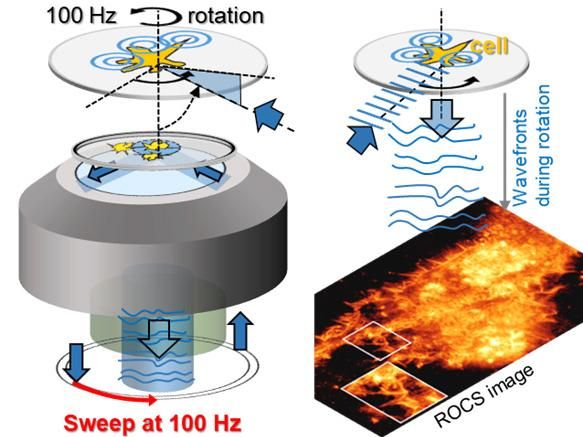New technique enables faster genetic diagnosis for hereditary diseases
VIB researchers connected to the University of Antwerp have developed a new method that enables them to track down the cause of hereditary diseases more quickly and efficiently. By means of this technique, genetic tests that take a long time today - such as screening for hereditary forms of breast cancer - can be carried out much more rapidly. This finding creates new perspectives for tests that are currently expensive and difficult to perform.
Genetic screening is currently performed when, for example, several persons in a family contract the same disease. A member of the family may wonder whether it is in fact an hereditary disease, and, if so, whether he or she is a carrier and runs the risk of getting the disease or of transmitting it to his or her children. Following genetic advice, screening can be performed: whereby scientists investigate whether there is indeed a defect in the DNA of the patients in the family (provided they cooperate in the testing) or of the family member who is inquiring.
On the basis of this screening, medical practitioners can provide advice regarding prevention or regarding prenatal diagnosis when the person desires to have children. If the gene that can cause the disease is very large, or if there are several genes that can possibly lead to the disease, diagnostic centers must conduct a lot of labor-intensive studies. This results in long waiting times, with the consequences that the person inquiring remains in a state of uncertainty for a longer time, that any preventive treatment is delayed, that a desire to have children is postponed, or that children are born with a defective gene.
Now, VIB researchers Dirk Goossens and his colleagues in Jurgen Del-Favero’s research group have developed a new method, with which several pieces of DNA can be examined simultaneously, instead of one after the other. They have succeeded in joining together two powerful existing techniques - multiplex PCR and massive parallel sequencing - making it possible to screen all of a person’s relevant hereditary matter at one time. Use of this parallel technology offers an affordable solution for molecular diagnostics of a large number of (sometimes commonly occurring) disorders.
With this new technology, the molecular diagnosis of genetic diseases - such as breast cancer, cystic fibrosis, and hereditary deafness - will be carried out much faster and more cost-effectively. It takes 3 to 6 months to receive a result with the techniques that are currently in use. By comparison, the new method produces a result within only a few weeks. Moreover, not only are these tests run much more quickly, they are also very sensitive and provide a more detailed result.
Topics
Organizations
Other news from the department science

Get the analytics and lab tech industry in your inbox
By submitting this form you agree that LUMITOS AG will send you the newsletter(s) selected above by email. Your data will not be passed on to third parties. Your data will be stored and processed in accordance with our data protection regulations. LUMITOS may contact you by email for the purpose of advertising or market and opinion surveys. You can revoke your consent at any time without giving reasons to LUMITOS AG, Ernst-Augustin-Str. 2, 12489 Berlin, Germany or by e-mail at revoke@lumitos.com with effect for the future. In addition, each email contains a link to unsubscribe from the corresponding newsletter.
Most read news
More news from our other portals
Last viewed contents

Sartorius Supervisory Board appoints two new Executive Board members
Study Offers Clues to Brain's Protective Mechanisms Against Alcoholism - Higher dopamine D2 receptor levels may protect those with family history of addiction
























































